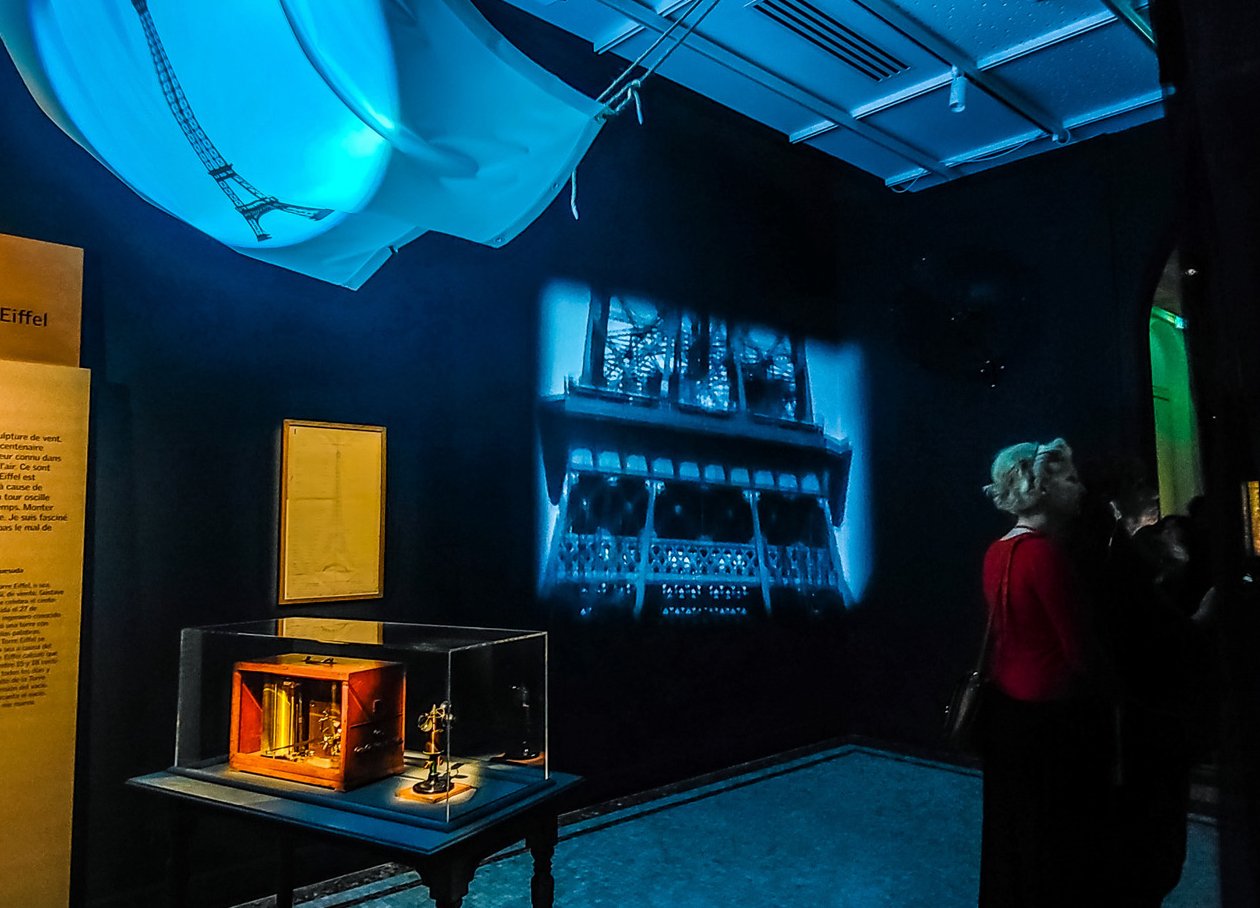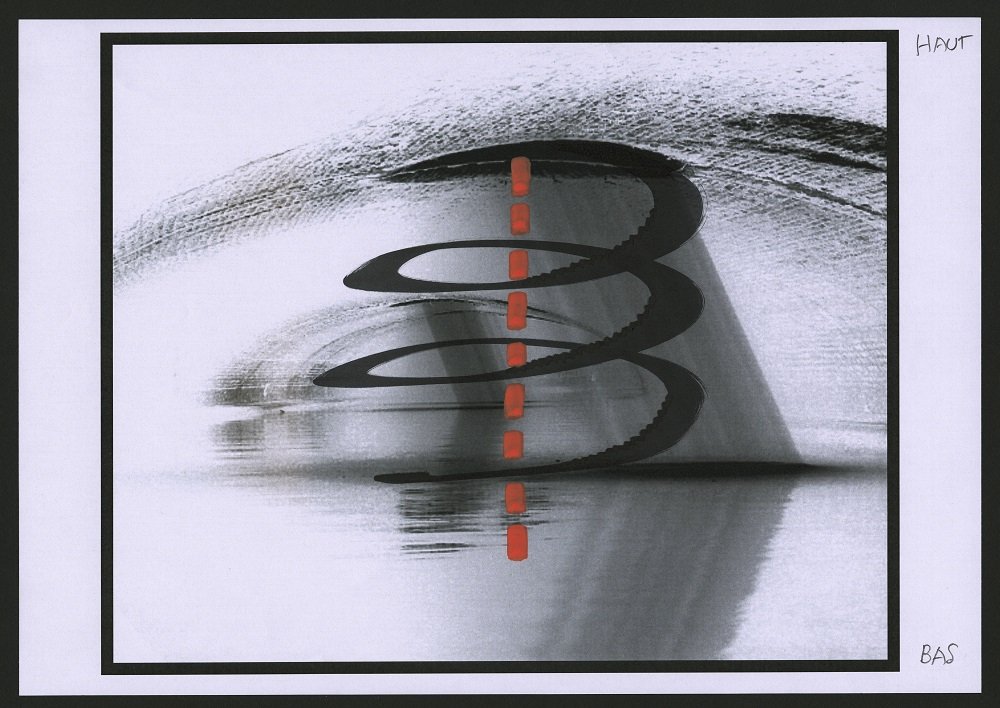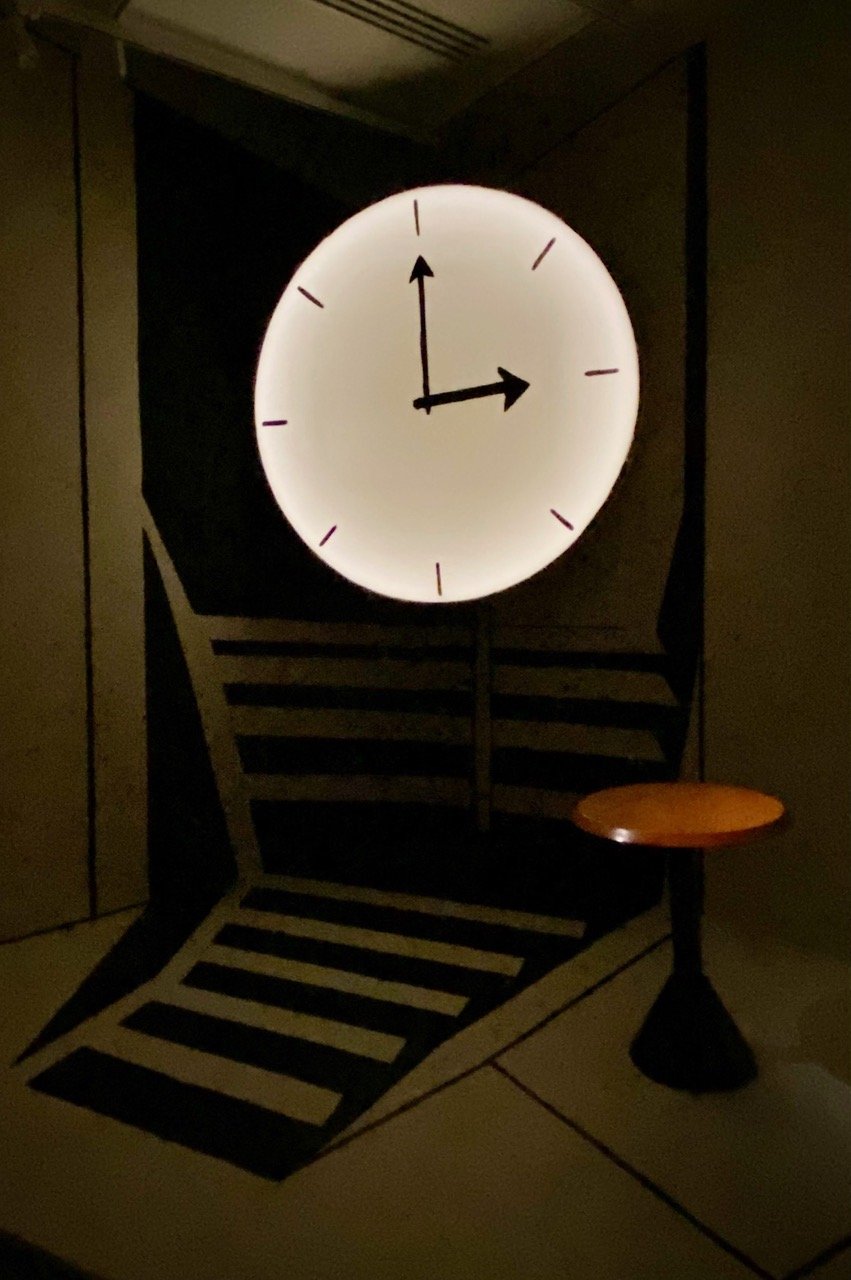Philippe Starck’s Paris
Paris est pataphysique: Musée Histoire de Paris Carnavalet
The temporary exhibition I saw this week was at the museum of the City of Paris, the Carnavalet. Like the Smithsonian Institution, which is ‘The Nation’s Attic,’ the Carnavalet’s permanent collection is an eclectic accumulation of stuff from Proust’s Bed to Fouquet’s Bijouterie.The museum’s reopening in 2021 after 5 years of renovations, was heralded by a temporary exhibition, ‘Revoir Paris,’ photographs of Paris by Henri Cartier-Bresson. (Figure 1) It was a wonderful way to come back to this museum, to celebrate this beautiful city and one of its most important photographers. One for whom the city of Paris was both home and subject of his most iconic photos.
Figure 1. Henri Cartier-Bresson Revoir Paris Exposition, Musée Carnavalet, 2021
The temporary exhibition on now is Philippe Starck’s Paris. The city where this prolific designer was born and which he continues to call home. For those of you for whom the name Philppe Starck is not a household one, here’s a list of just a few of the things he has designed over a career that has spanned nearly 45 years: furniture and objects (useful and decorative) for the home, for the office, for the park. From furniture and lighting fixtures to bathroom fittings and wall coverings, from appliances and glassware to staplers and toys. And more, much more. (Figures 2, 3)
Figure 2. The iconic Louis Ghost Chair, Philippe Starck design in Ginevra’s room
Figure 3. My Cheese grater in the shape of a bull’s head, Philippe Starck, comes with a flipbook of a cow
Starck’s exhibition is called, ‘Paris est pataphysique.’ Pataphysics is a philosophy of science invented by the French writer Alfred Jarry. Whose play Ubu Roi was the inspiration for an artist whose work I have written about, Victor Brauner. In 1934, more than 30 years after Jarry’s death, Brauner exhibited over a dozen canvases called, ‘The Strange Case of Mr. K.’ Who was the embodiment of a ridiculously stupid fascist politician. Both Jarry’s play and Brauner’s paintings are satires on power and greed, particularly the complacency of the bourgeoisie who abuse authority to acquire riches. Brauner’s grotesque version of Ubu, shows the king, naked and obese, with his body covered by tiny celluloid dolls. (Figure 4)
Figure 4. Mr. K. Victor Brauner, 1934
Jarry discussed pataphysics in his 1898 novel, ‘Exploits & Opinions of Dr. Faustroll, Pataphysician’. (Figure 5). Jarry’s definition of Pataphysics is this: "the science of imaginary solutions.” Since then others have weighed in and provided their own definitions Here are a few, find one which make sense to you.
Figure 5. Exploits & Opinions of Dr. Faustroll, Pataphysician, Alfred Jarry
“Pataphysics studies the virtual or imaginary nature of things as glimpsed by the heightened vision of poetry or science or love that can be seized and lived as real”
“Pataphysics is "the science of the particular, (that) does not concern itself with studying the rules that govern the recurrence of an incident (the expected case) but rather the games governing the occurrence of a sporadic accident (the excepted case).”
“With Pataphysics, Jarry does humorously for literature what Nietzsche did seriously for philosophy. For both, “joie de vivre thrives wherever the tyranny of truth has increased our esteem for the lie and wherever the tyranny of reason has increased our esteem for the mad.”
According to Starck, ‘Pataphysics conceals a tremendous creative potential for discovering Paris, rendering everything possible to the extent that we accept the imaginary as true’. With Starck’s exhibition we experience Paris in a pataphysical way.
Just in passing, I might mention that the College of Pataphysiques was founded in Paris, in 1948. With a commitment to learned and useless research. Members of the college have included Marcel Duchamp, Joan Miró, Man Ray, Max Ernst, and not surprisingly, Groucho, Chico and Harpo Marx. Obviously, Philippe Starck is a member.
Starck has constructed his exhibition as a voyage through Paris, recalling the journey of Dr. Faustroll in the aforementioned adventure, Exploits and Opinions of Dr. Faustroll, Pataphysician. Fastroll and his companion take their journey in a boat on a sea that hovers above Paris. Like the Adventures of Dr. Holmes, the book is written in the first person by Dr. Faustroll’s sidekick, a lawyer named Panmuphle, who describes the fantastic islands the pair visit. Imagination and language override reality. The story is both comical and surrealistic.
Figure 6. Paris est pas ta physique, Histoire de Paris, paddle designed by Philippe Starck, 1992
At the entry to Starck’s exhibition is one of those familiar ‘Historie de Paris’ plaques, (Figure 6). Did you know that they are sometimes called Starck Oars because of their shape and because their designer was the curator of this exhibition. The panels were the idea of President Jacques Chirac. That was in 1992. Now there are over 760 of them scattered around Paris, mostly in front of historic buildings. But they are not oars, they are paddles, a reference to the symbol of the City of Paris, a boat and its motto, ‘Fluctuat nec mergitur" (battered by the waves, but never capsized). (Figure 7)
Figure 7. Emblem of the City of Paris
This street sign reads: ‘Paris est pas ta physique,’ which is both droll and confusing. As a ‘jeu de mots,’ it is the (misspelled) name of the exhibition and a reminder that according to Pataphysics, to study Paris, to know Paris is beyond conventional science, specifically beyond conventional physics.
And right after that, is a wax figure of Starck from the Musée Grevin, which has had a figure of Starck since 2010. (Figure 8). Starck has mused that perhaps the wax figure is the real Starck.
Figure 8. Wax figure of Philippe Starck from Musée Grevin (wax museum) Paris
In 2021, Starck was appointed Regent of the Chair of Practical Abstraction and Speculative Concretion at the College of Pataphysics. In his acceptance speech, he described an ‘ace,’ a vessel made of mica-schist and various marine animals, an ecologically sound means of transportation. Which is how he might be taking us on this voyage around Paris.
Because, right away, we are hovering above the Eiffel Tower. To see how Gustaf Eiffel designed it to sway, in response to the heat or the wind. (Figures 9, 10) Which is how all the buildings in San Francisco are designed - in anticipation of the next ‘Big One’.
Figure 9. Eiffel Tower, (from 1928 film) Paris est pataphysique, Musée Carnavalet
Figure 10. Eiffel Tower display, Paris est pataphysique, Musée Carnavalet
From looking at something from above that we normally see from below, we go to the Canal Saint-Martin and look up from below, from the round holes in the vault of the canal. (Figure 11)
Figure 11. Canal Saint-Martin, Paris, design by Philippe Starck for Paris est pataphysique
There are other displays here, too. A revolving reproduction of the mural from Danielle Mitterrand’s bedroom in the Élysée Palace which was painted by Gérard Garouste. She apparently didn’t like it, it scared her. This one spins, which would have been even worse. (Figure 12).
Figure 12. Spinning mural of painting by Gerard Garouste for Danielle Mitterrand’s Bedroom, Élysée Palais
There’s a piano, the keys of which you can buy by the octave. And a bicycle with snowshoes on its or instead of its wheels. (Figures 13, 14) But if you are asking for a reason, you are obviously not getting into the spirit of this exhibition. So stop asking.
Figure 13. Piano that you can buy by the octave, Paris est pataphysique
Figure 14. Bicycle with snow shoes instead of wheels, Paris est pataphysique
There’s a wall from the public baths, the Bains Douches, white tiles with graffiti and posters. (Figure 15) From the Café Costes, there’s a clock that only has 8 hours and no minutes. (Figure 16) From the Caffé Stern, in the Passage des Panoramas, there is a family of 6 chimeras - a griffin, a gargoyle, three rats - one a centipede, another flying and another crawling. And horror or horrors to this city gal, the 6th chimera is an actual flying rat, aka a pigeon with the head of a rat. Yech! (Figure 17)
Figure 15.Tile Wall & Posters from Bains Douches, Paris est pataphysique
Figure 16. Clock with 8 hours and no minutes from the Café Costes, Paris est pataphysique
Figure 17. Caffé Stern, Passages des Panoramas, Chimera with rat’s head & pigeon wings, Paris est pataphysique
The exhibition ends with a photo booth which is only big enough for whomever is in the booth. The threesome who were in it when I was there, had the curtain drawn and they weren’t budging. So I’ll have to go back to see what that was about. Finally, there’s a display of the Olympic Medal Starck designed nine years ago for the City of Paris for the 2024 Olympics and Paralympics games. The medals can be split apart so that the athletes can share their prize with whomever they wish. (Figure 18)
Figure 18. Olympic Medal designed by Philippe Starck in 2015 for 2024 Paris games
If you go to this exhibition, go in a spirit of adventure. Afterwards, make sure to wander through the permanent collection and then into the courtyard for something to drink or just for the beauty of it all.
Copyright © 2023 Beverly Held, Ph.D. All rights reserved
Dear Reader, I hope you enjoyed reading this article. Please sign up below to receive more articles plus other original content from me, Dr. B. Merci!
And, if you enjoyed reading this review, please consider writing a comment. Thank you.


















